What is Organic Architecture?
The term organic architecture embraces a colourful variety of architectural approaches and expressions which developed in different places at the beginning of the 20th century. Pioneers such as Frank Lloyd Wright, Antoni Gaudí and Rudolf Steiner drew, each in their own way, inspiration from the principles of living nature. This often led to free and expressive forms. These where not meant as an imitation of nature, but to
support people as living and creative beings.
Within the organic movement, architecture is not only seen as an expression of culture and society, but also as something that influences the inner and outer lives of people. In this sense, the human being is seen as a physical, psychological and spiritual entity, connected to its surroundings at all these levels.
At a time in which architecture is largely dominated by economics, technical possibilities and regulations, organic architecture strives for an integral approach that also comprises ecological aspects, cultural meaning and spirituality.
The transformation of modernism























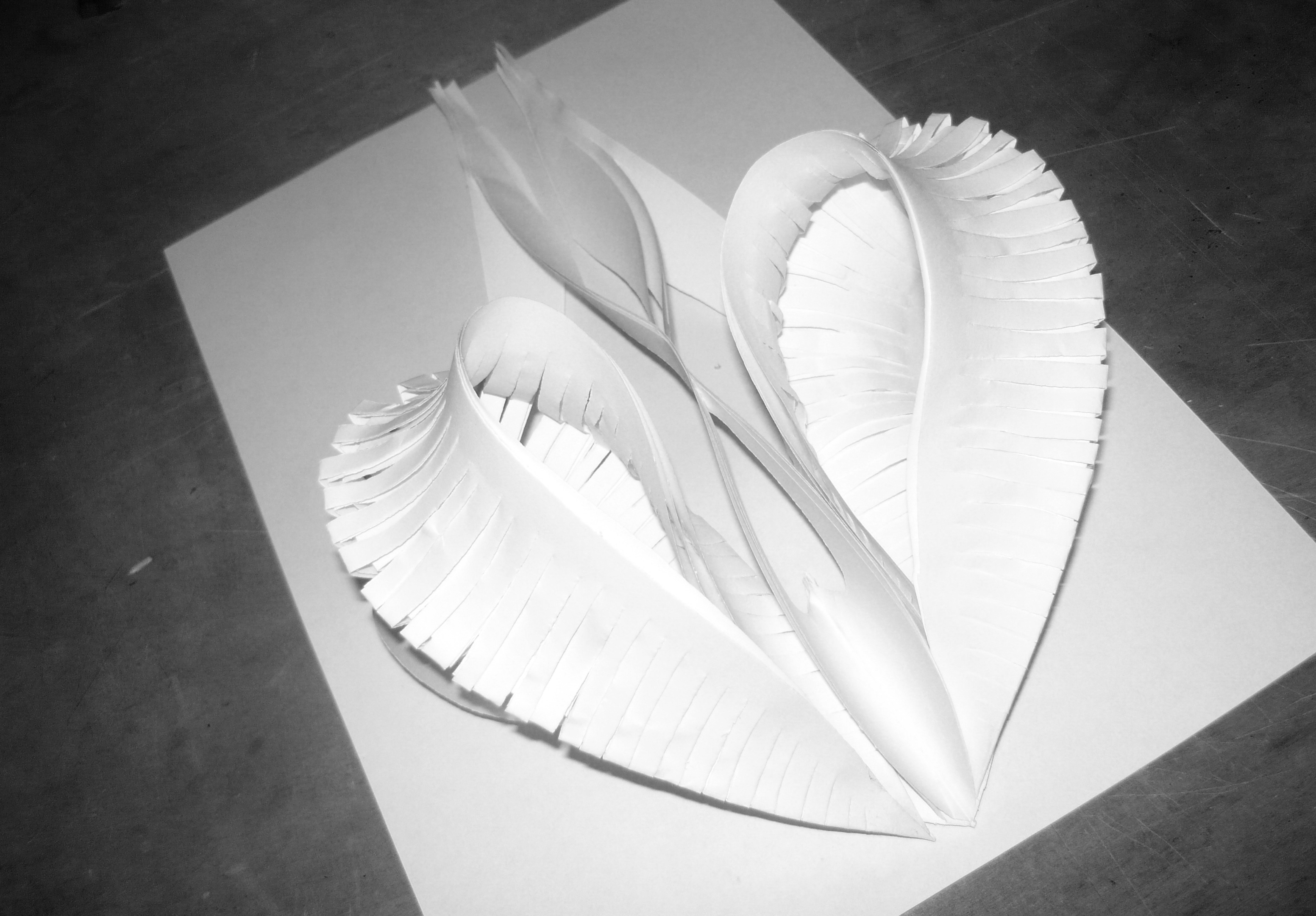
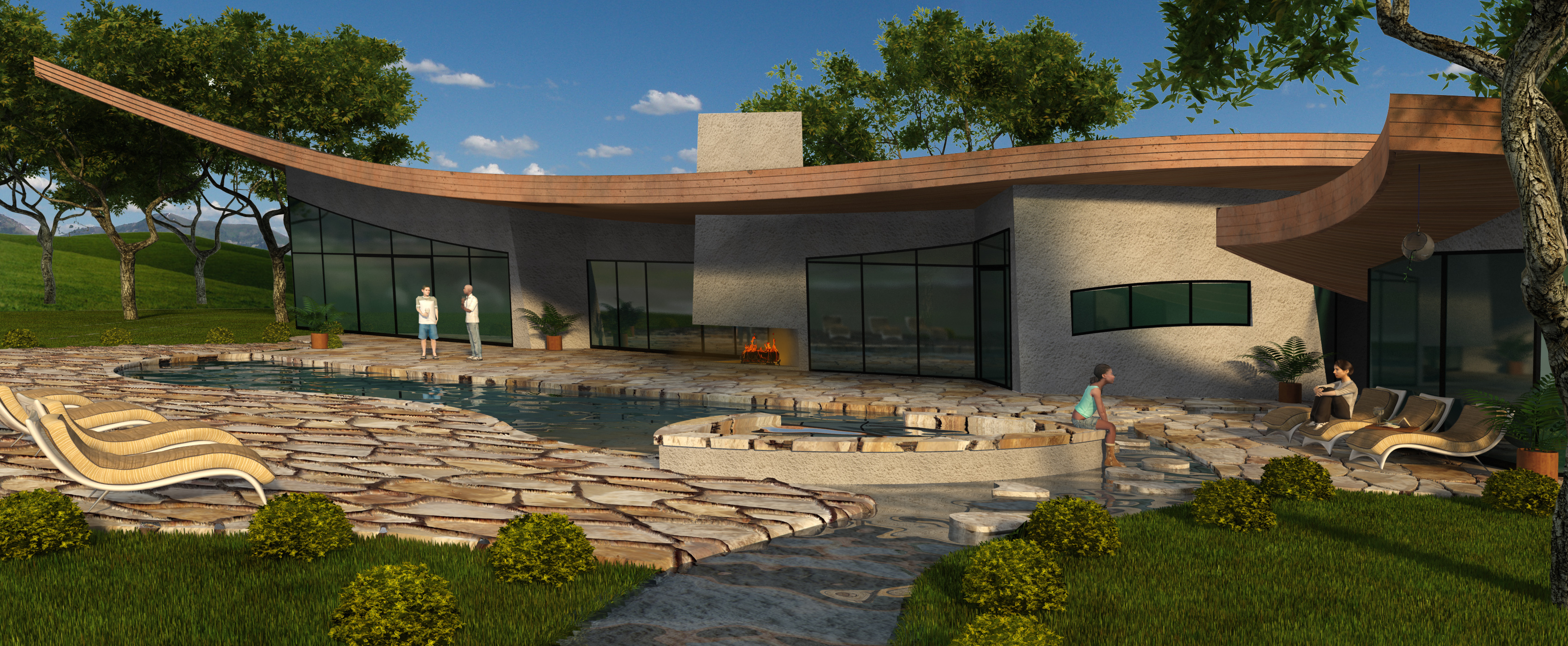

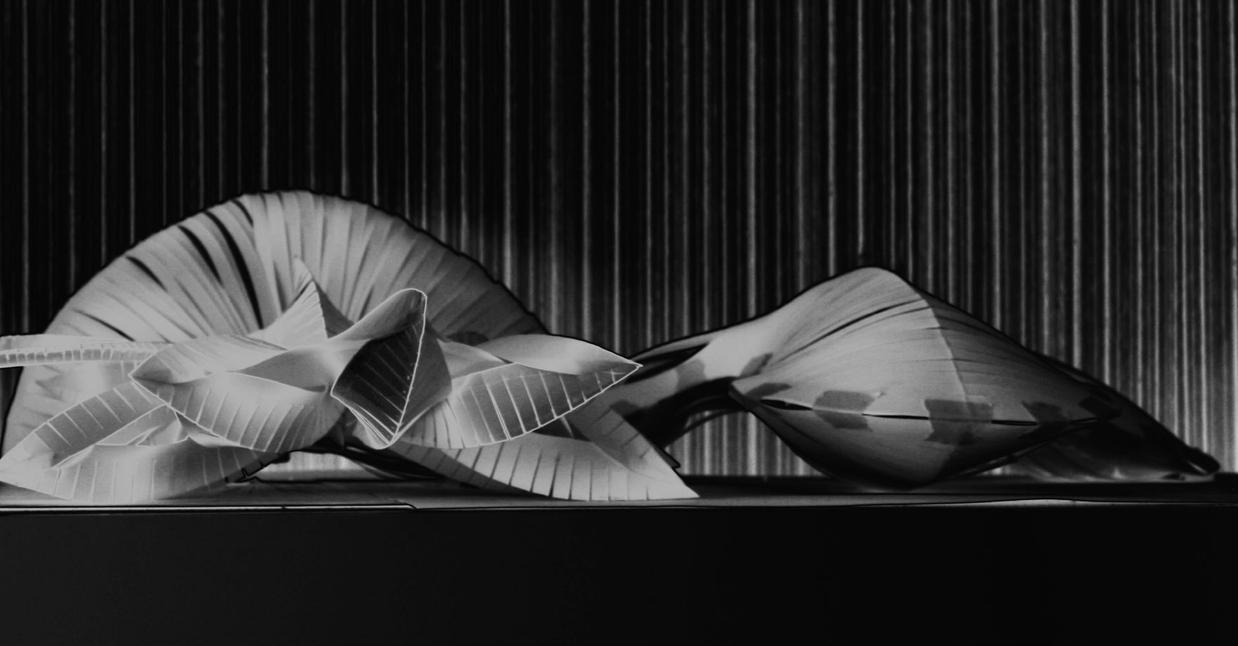
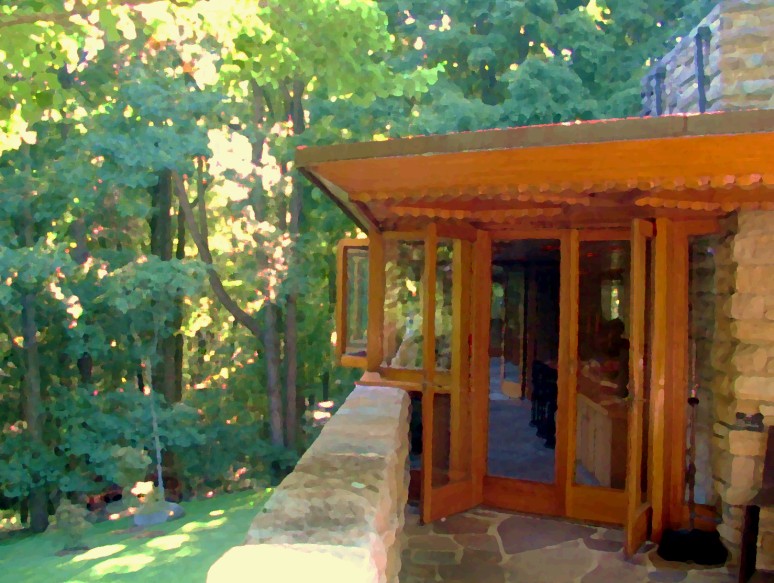
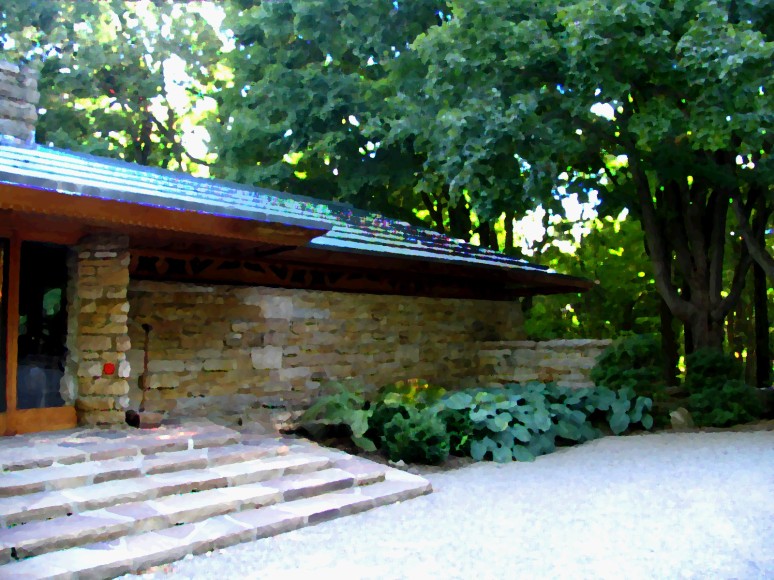
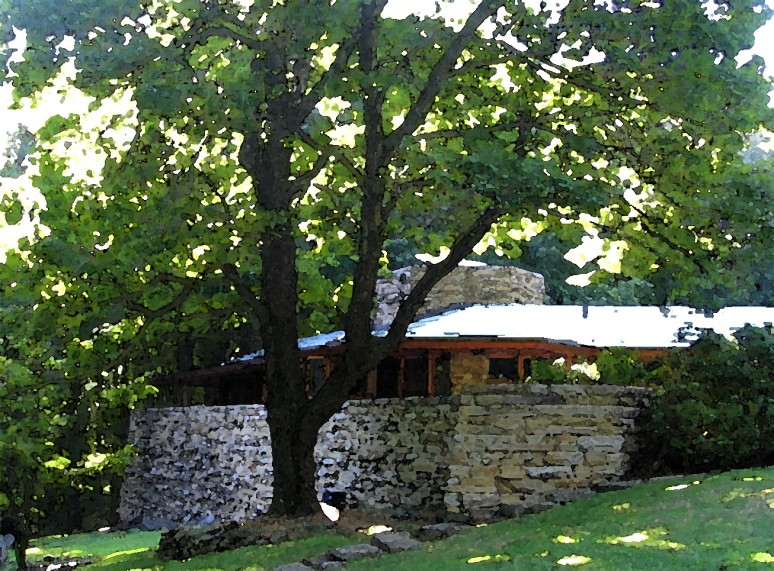








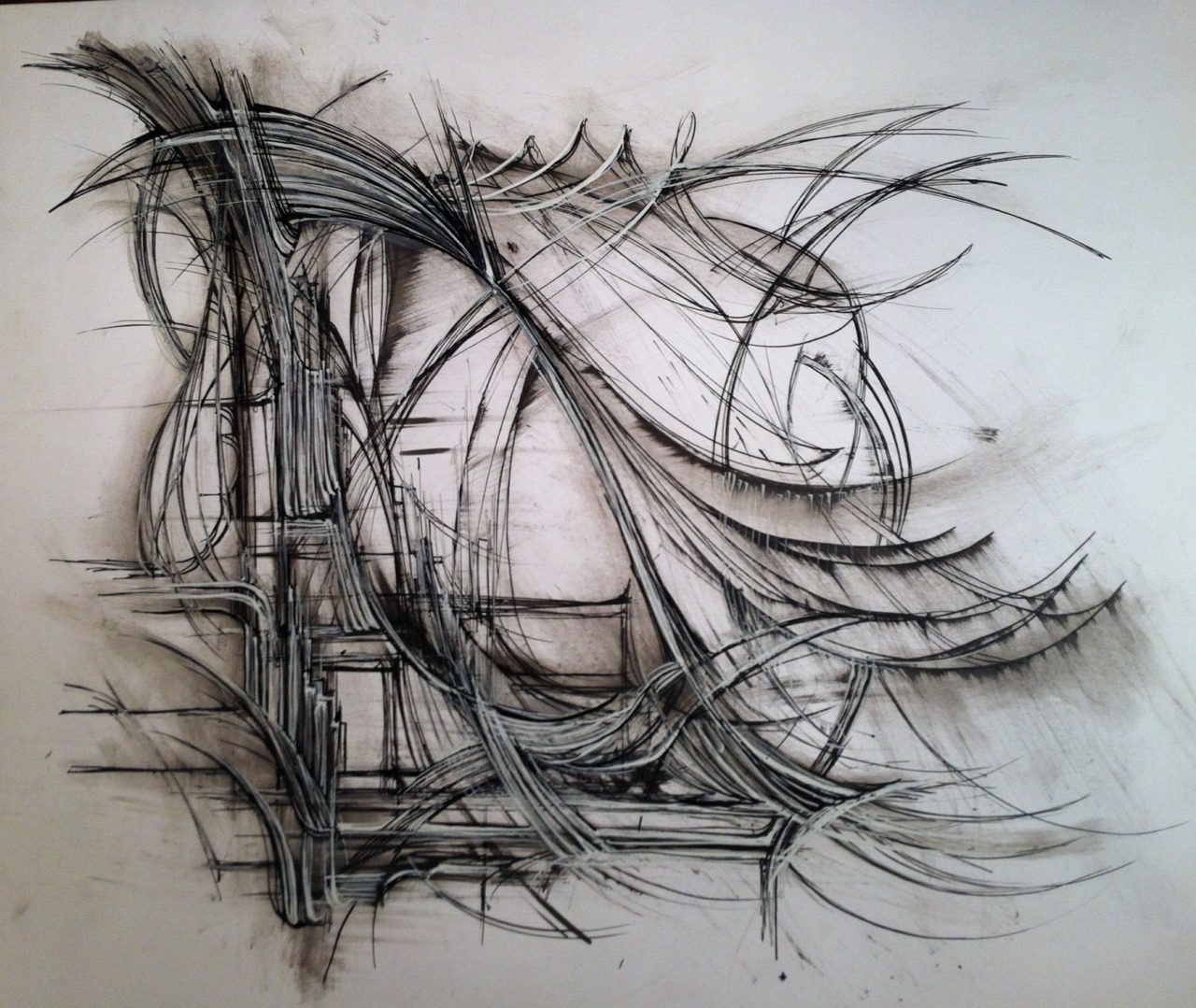
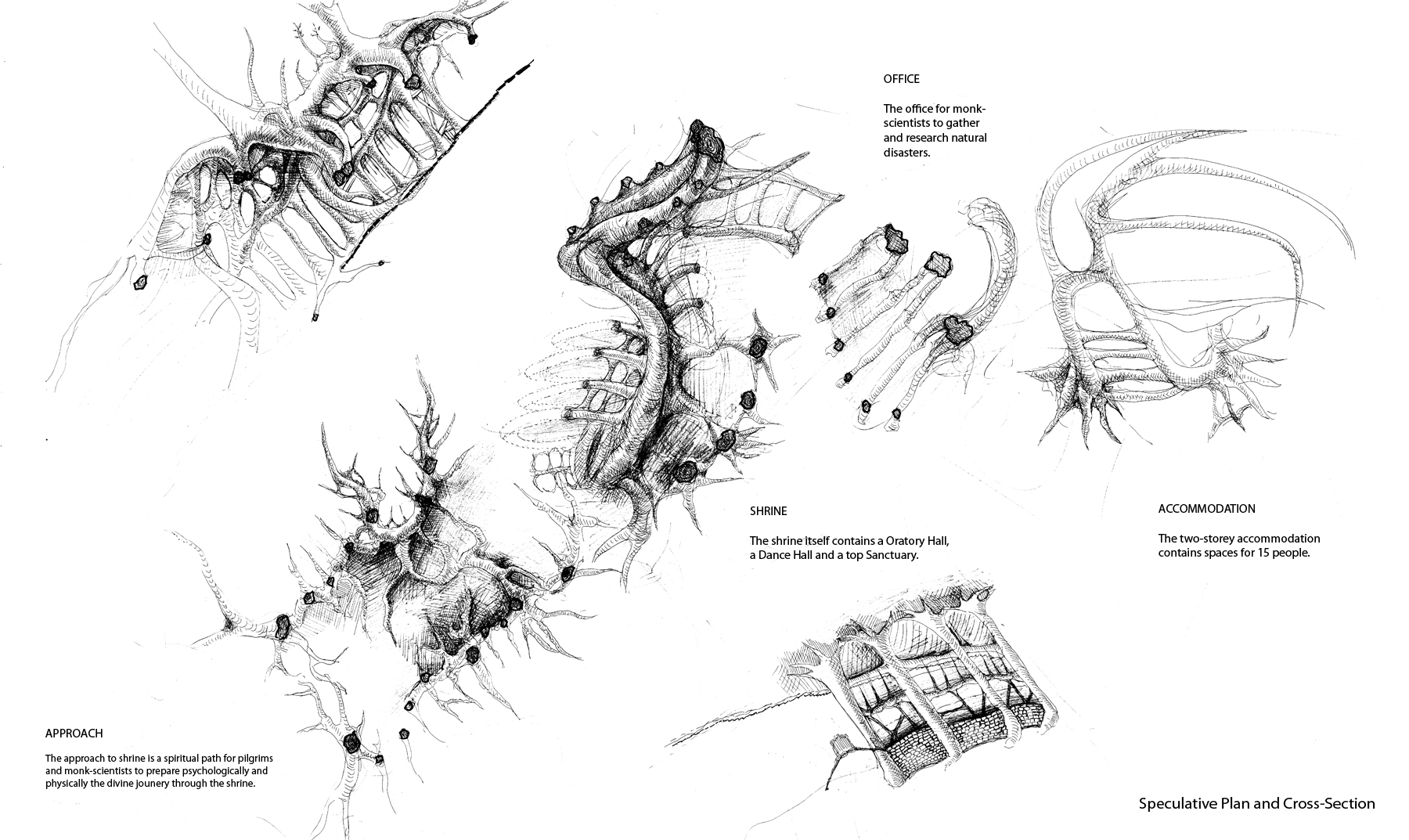






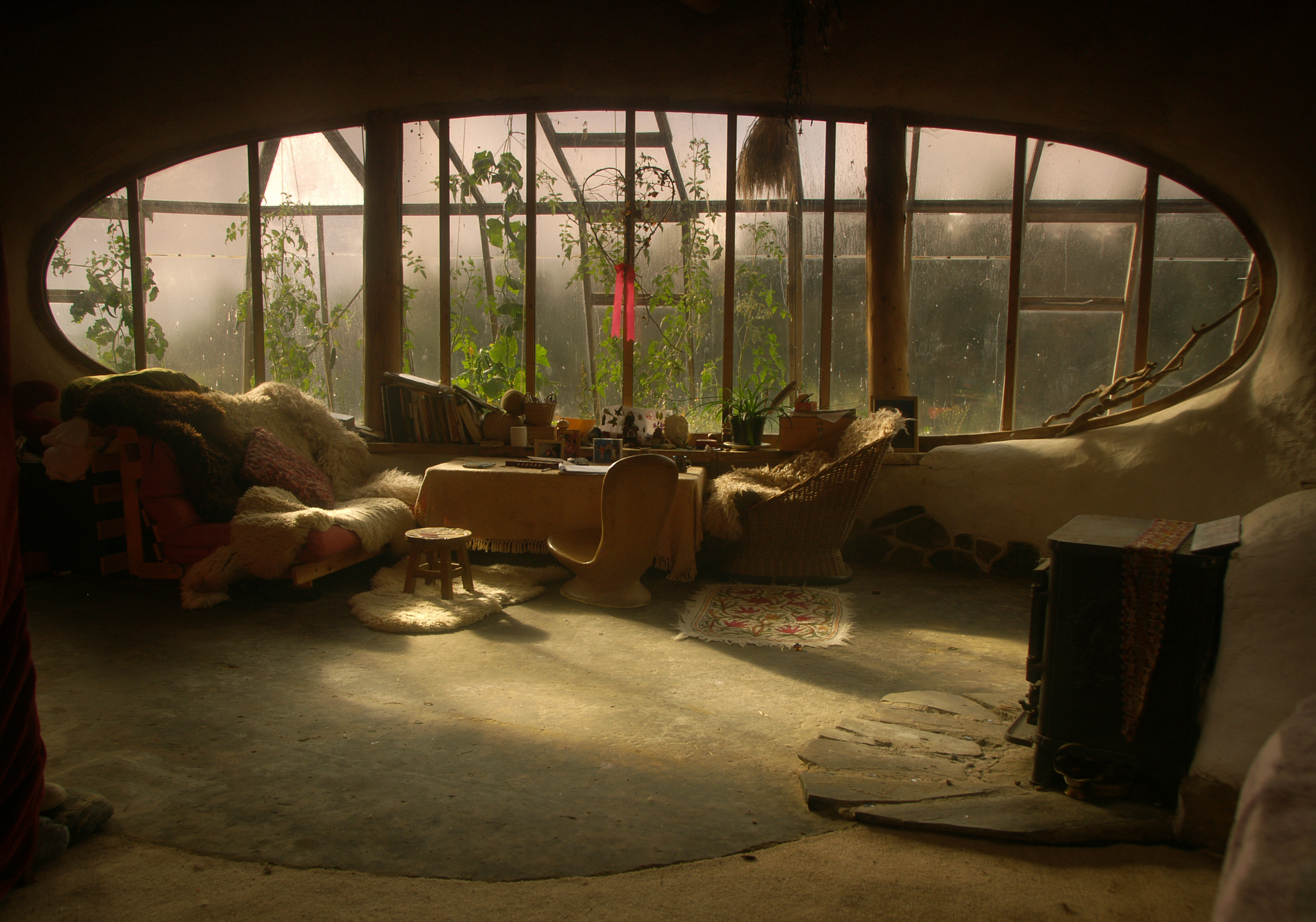










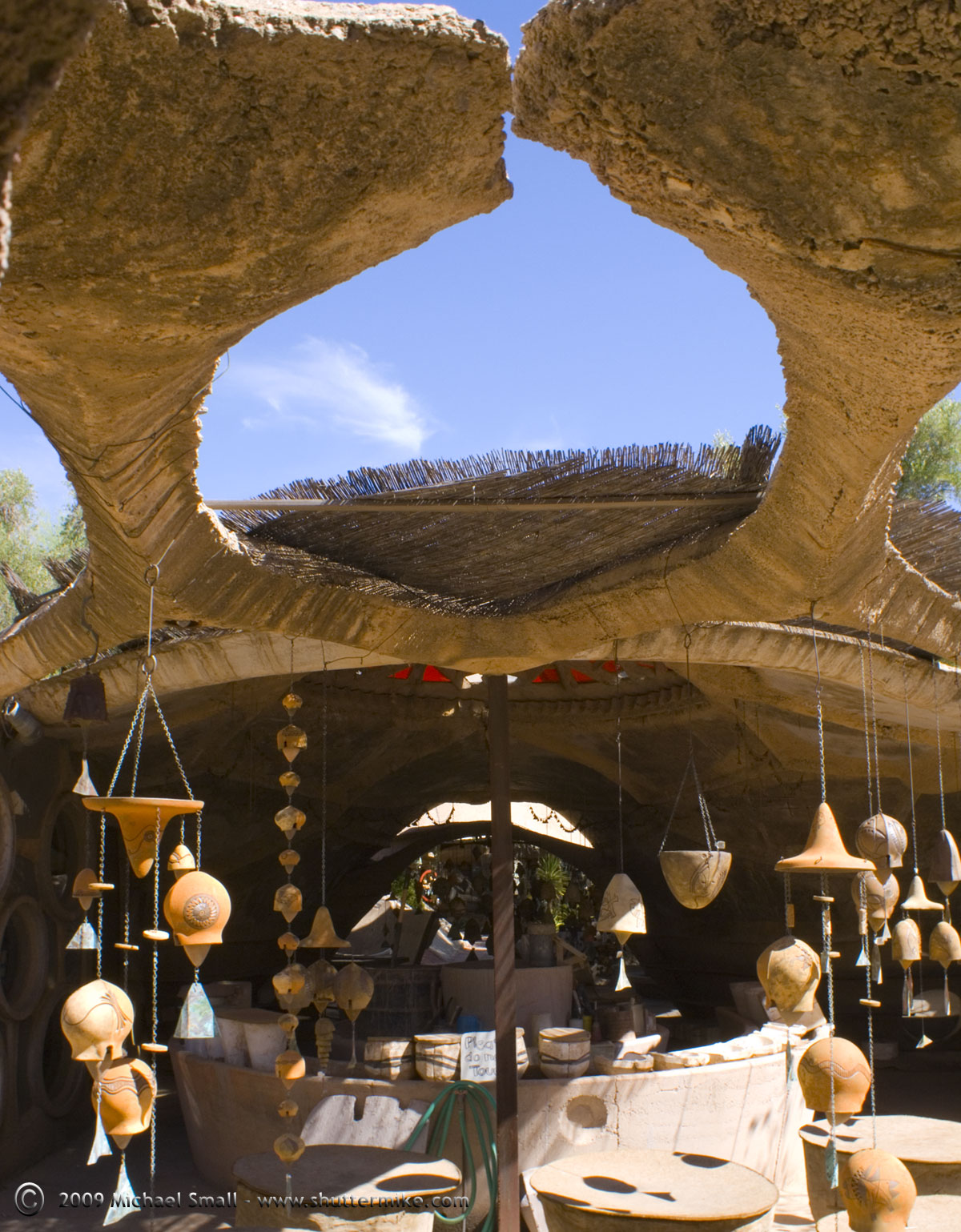

















![[DoolittleHouse3.jpg]](https://blogger.googleusercontent.com/img/b/R29vZ2xl/AVvXsEhG9LXrLzPOKRnMI2A0Gl38MNkL42MS9hYOlJ5hyphenhypheneK7DpSCxP01bvTpygkOiwTARVcZdmu3eInS5QYX7U2Czx1UH6sq3NxxaVyYlFe24ATsOBPP3EqJFZj8Gv_jO5iQutgoSLai5HuDVCE/s640/DoolittleHouse3.jpg)

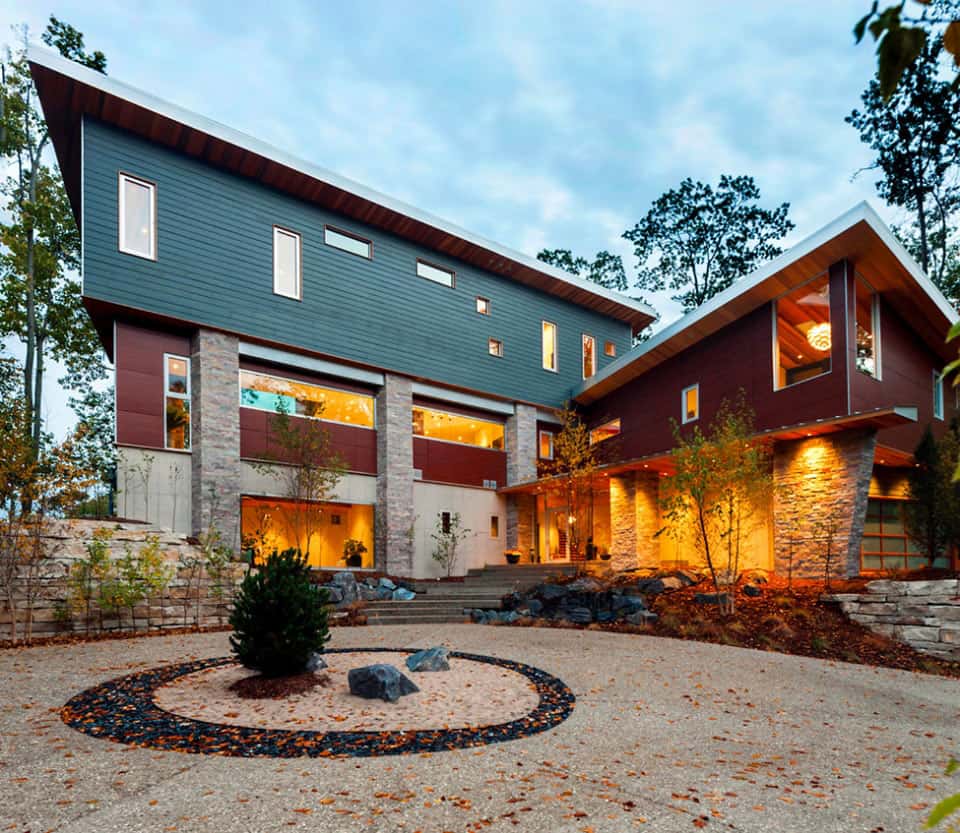
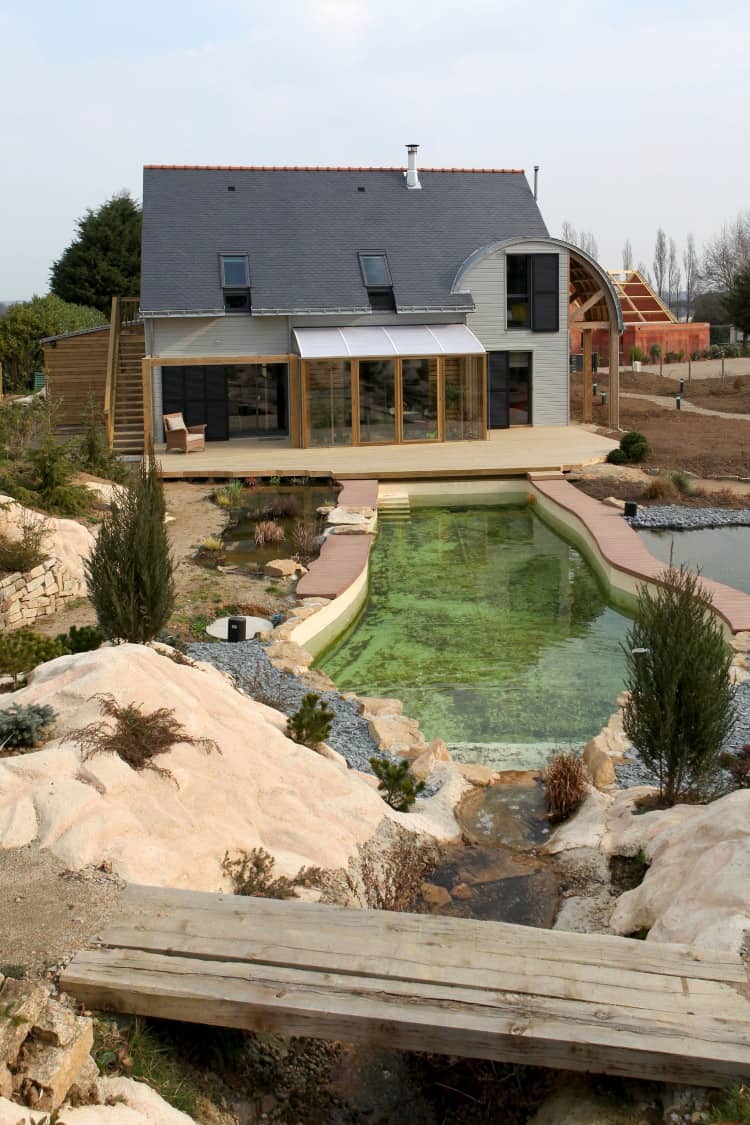



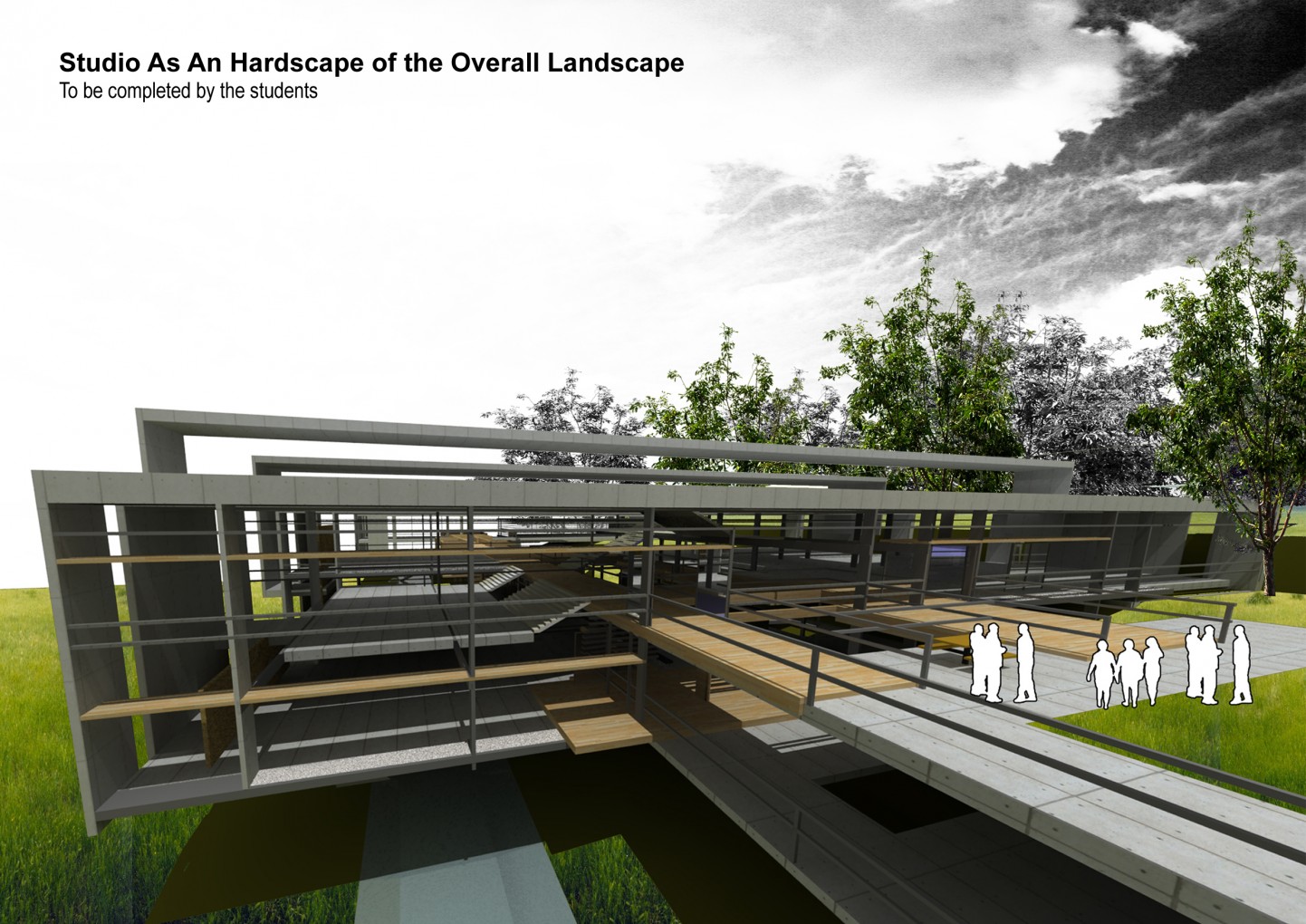


















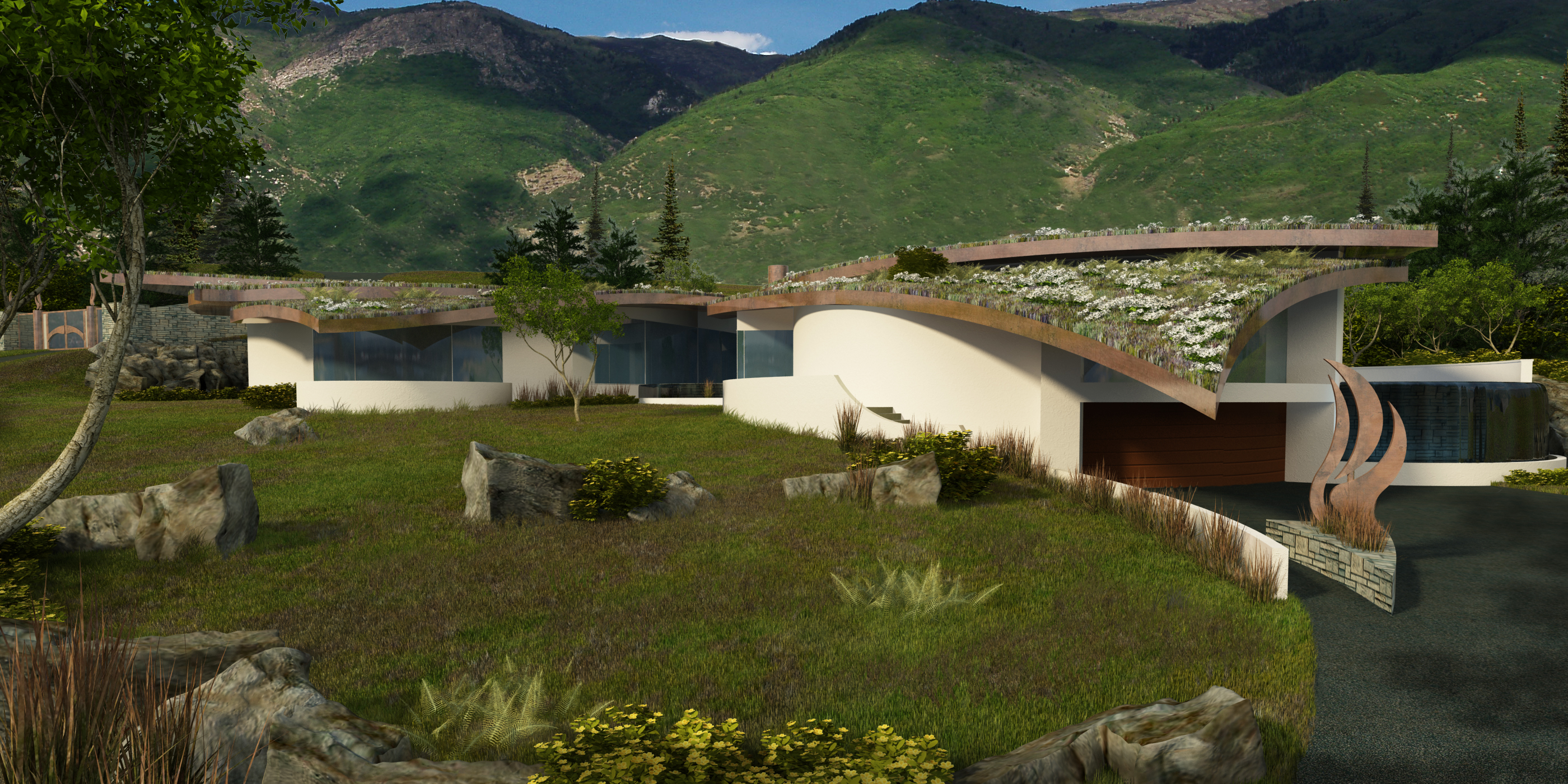

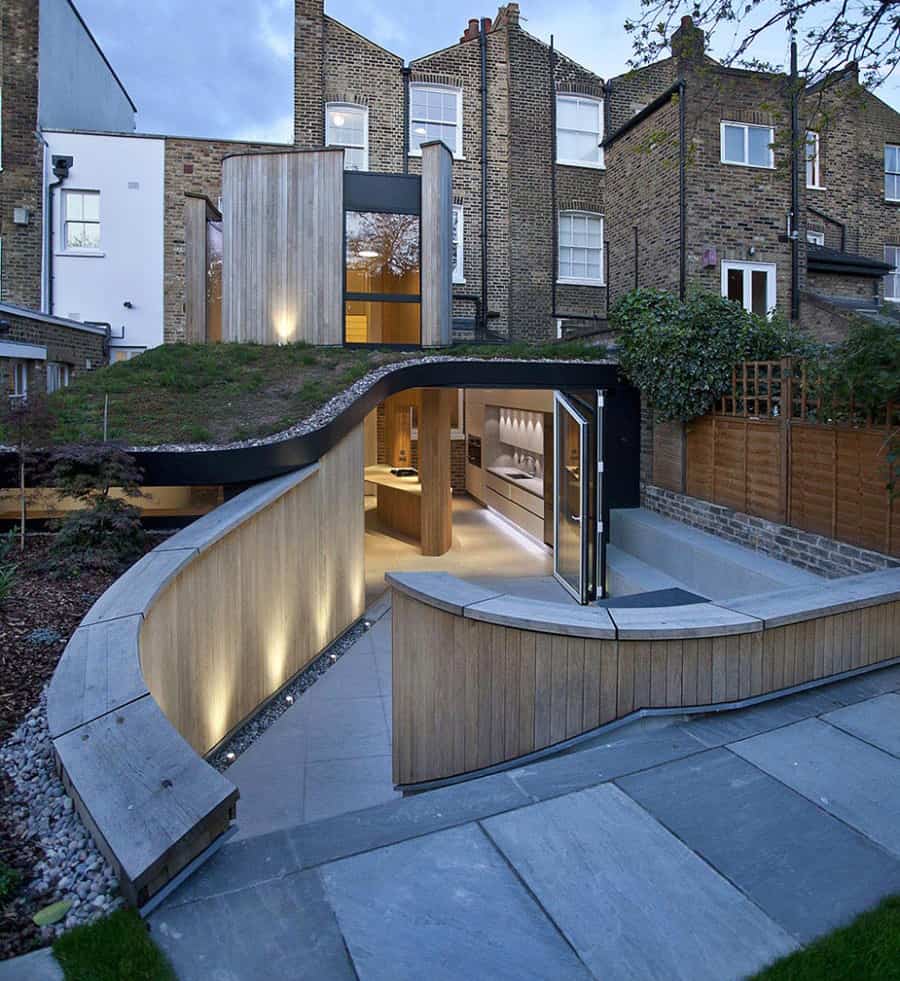


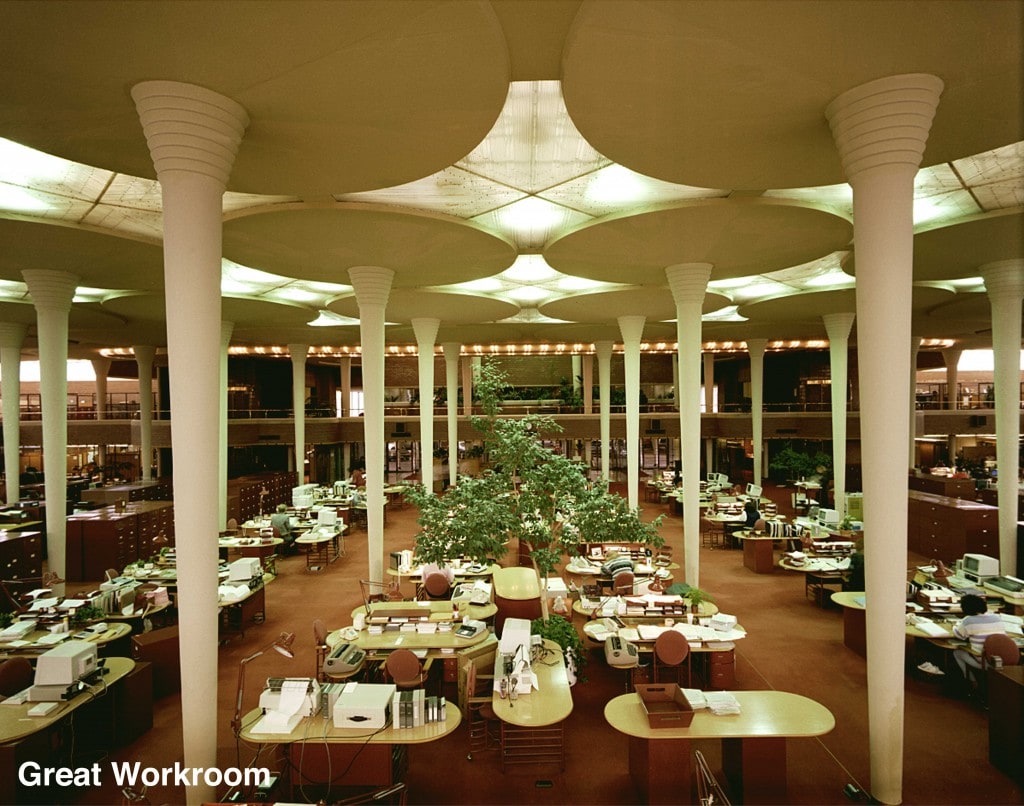







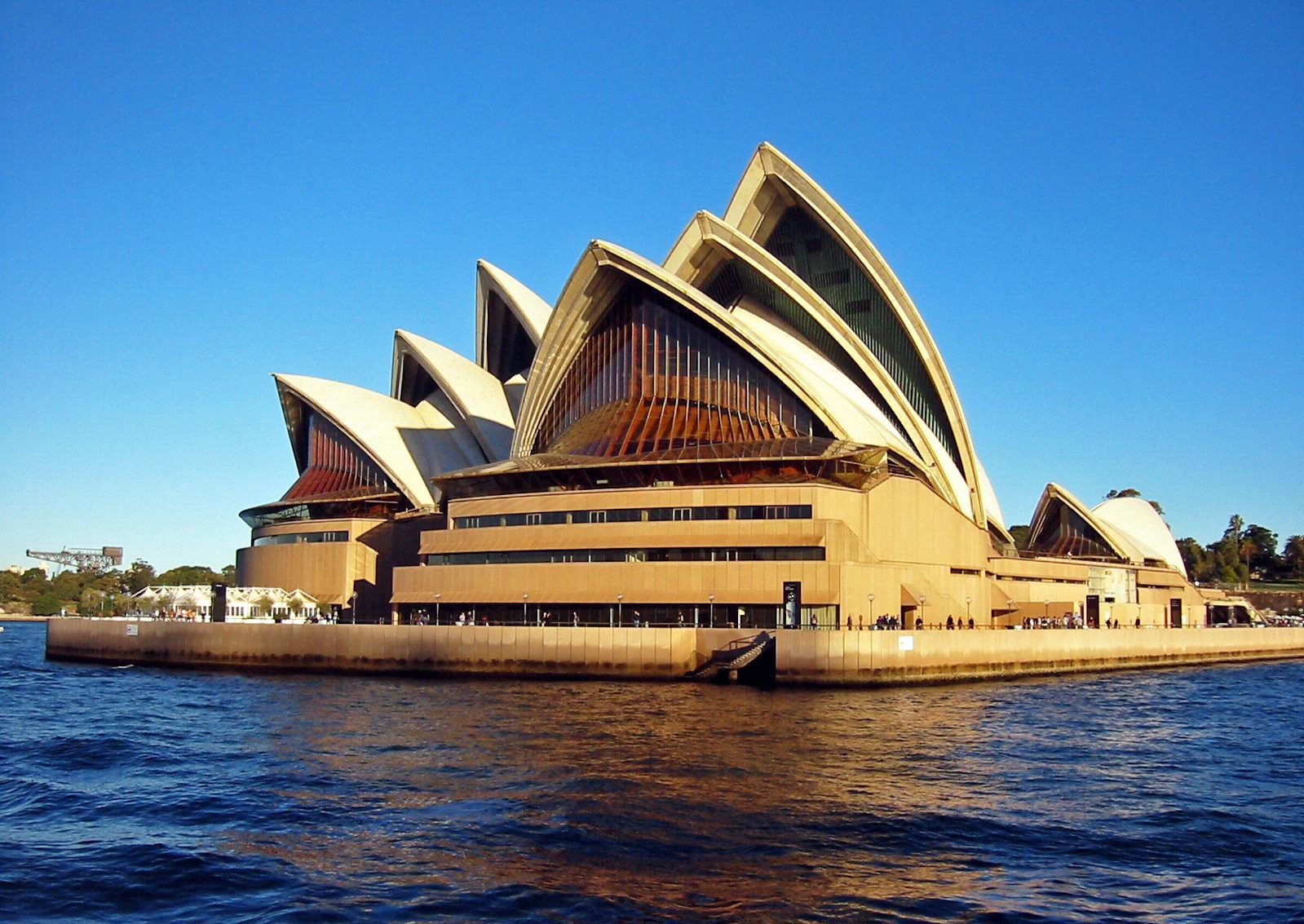
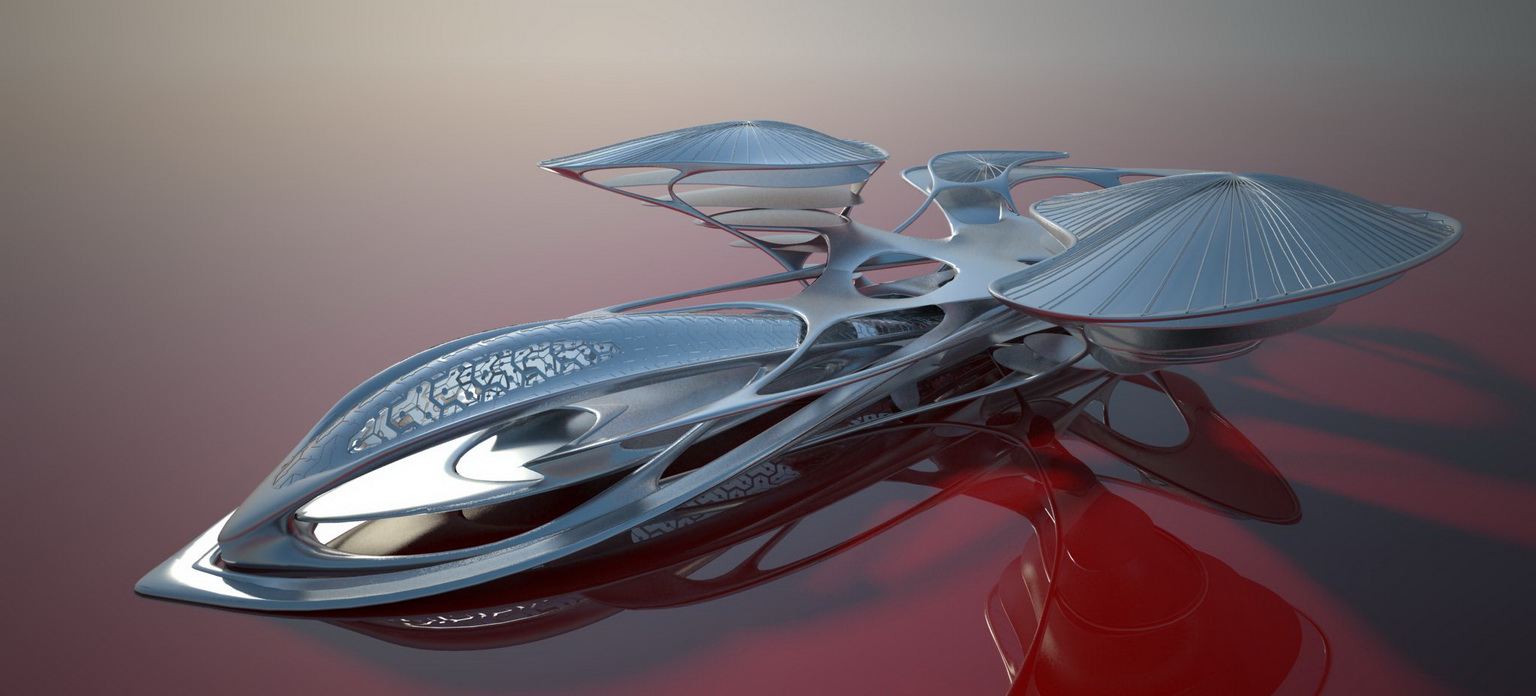
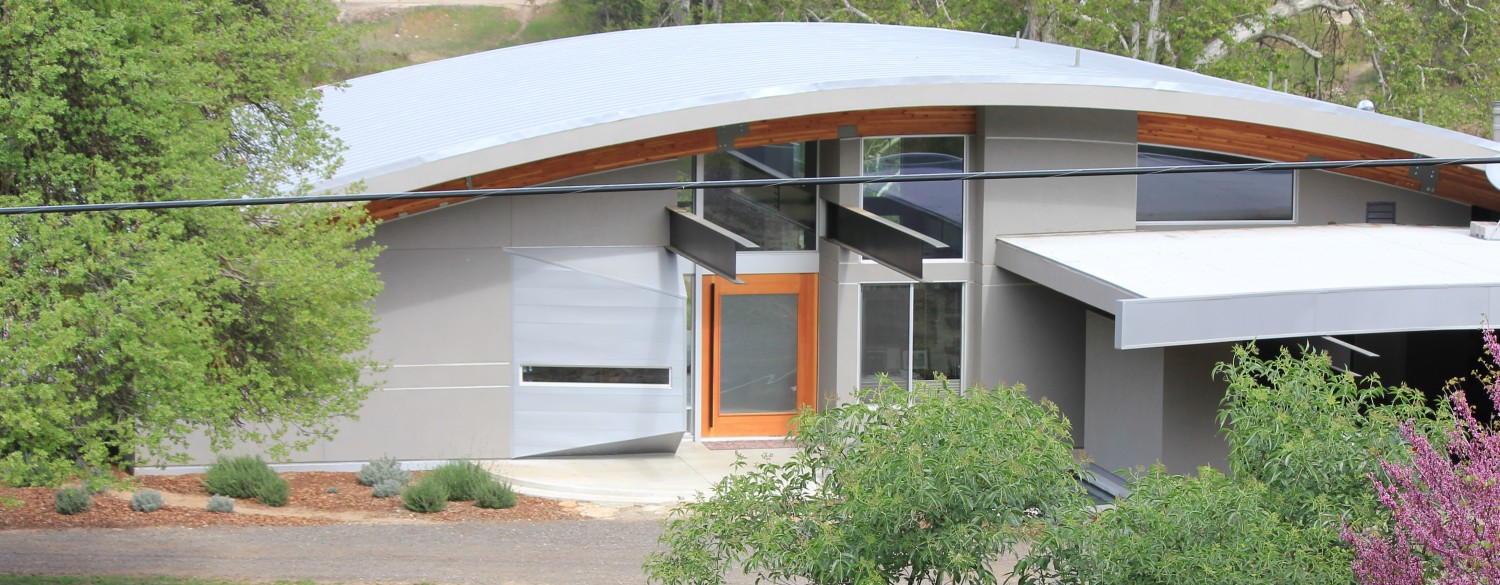









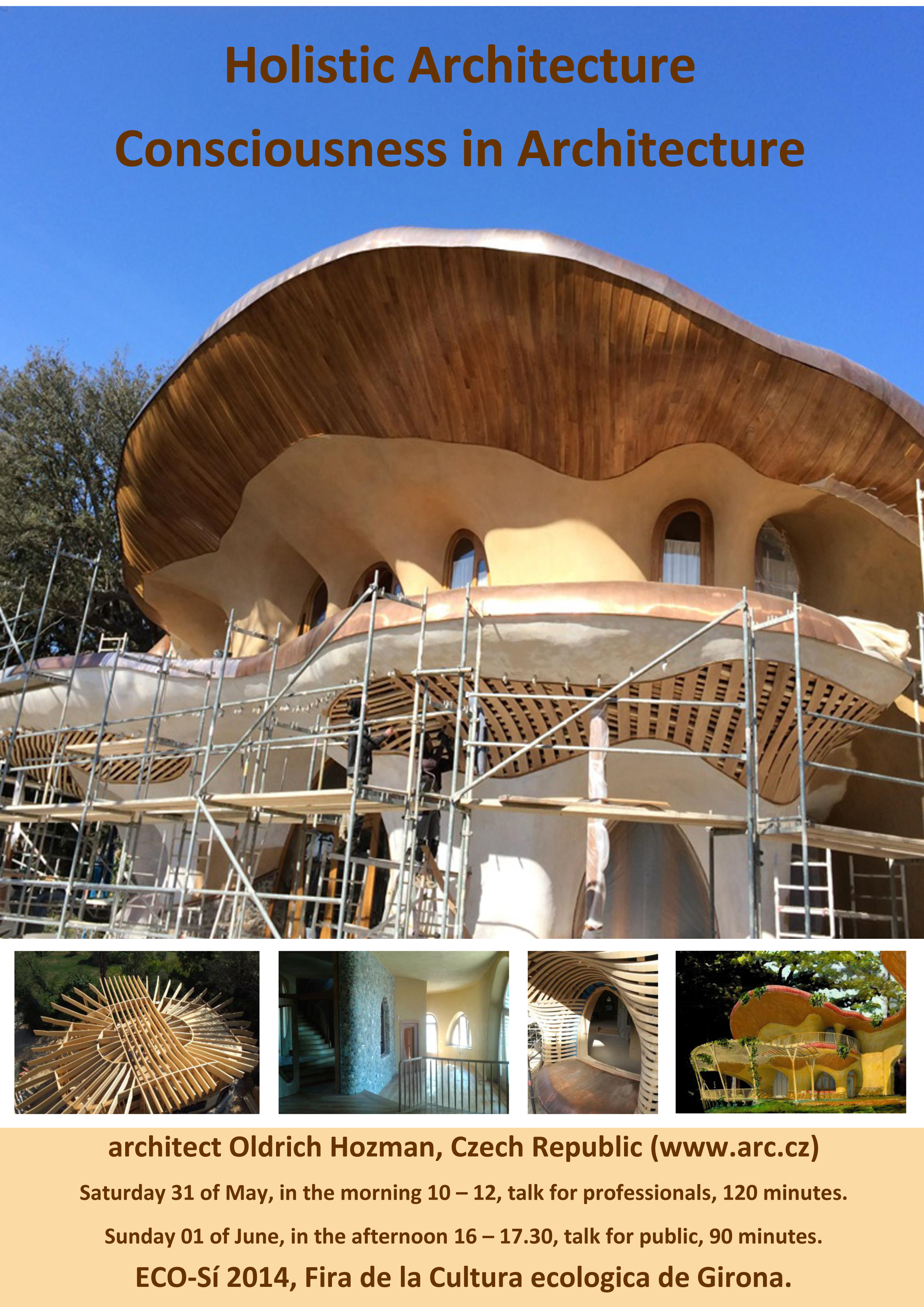


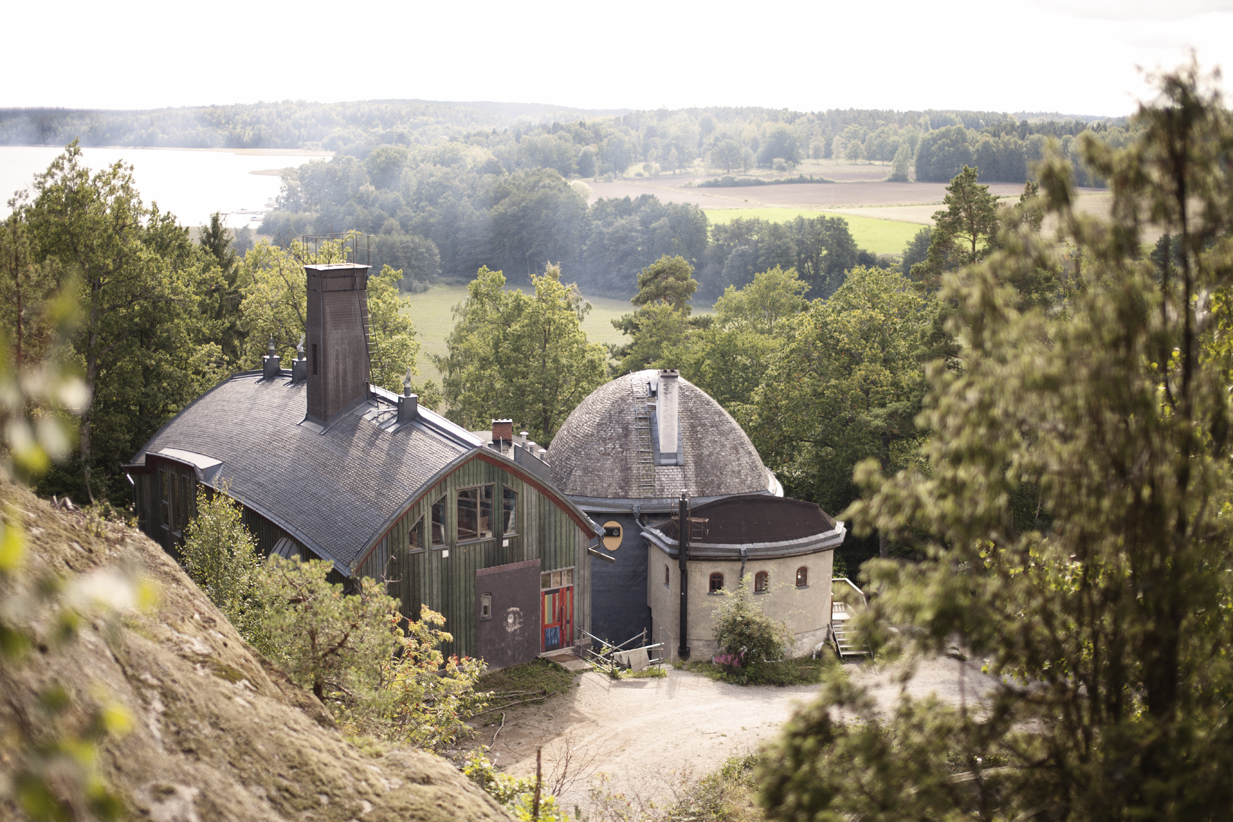






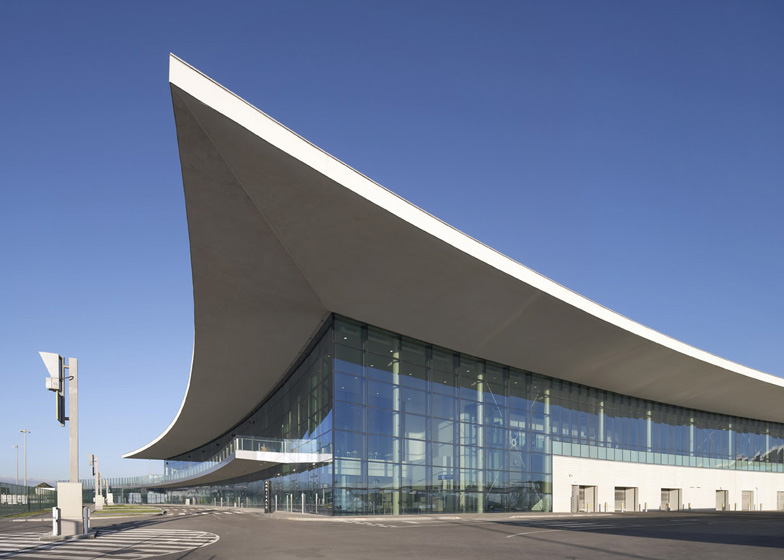
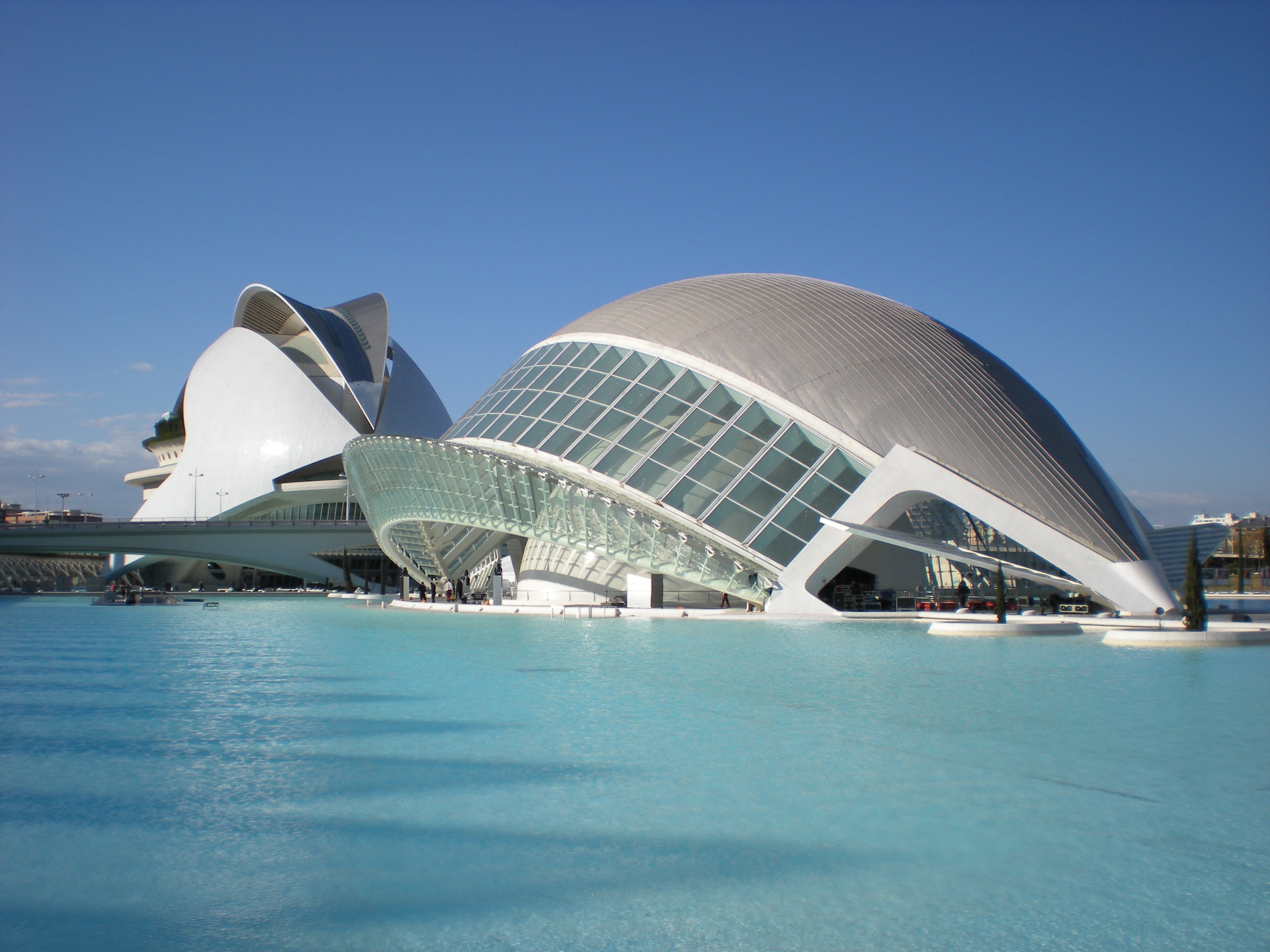



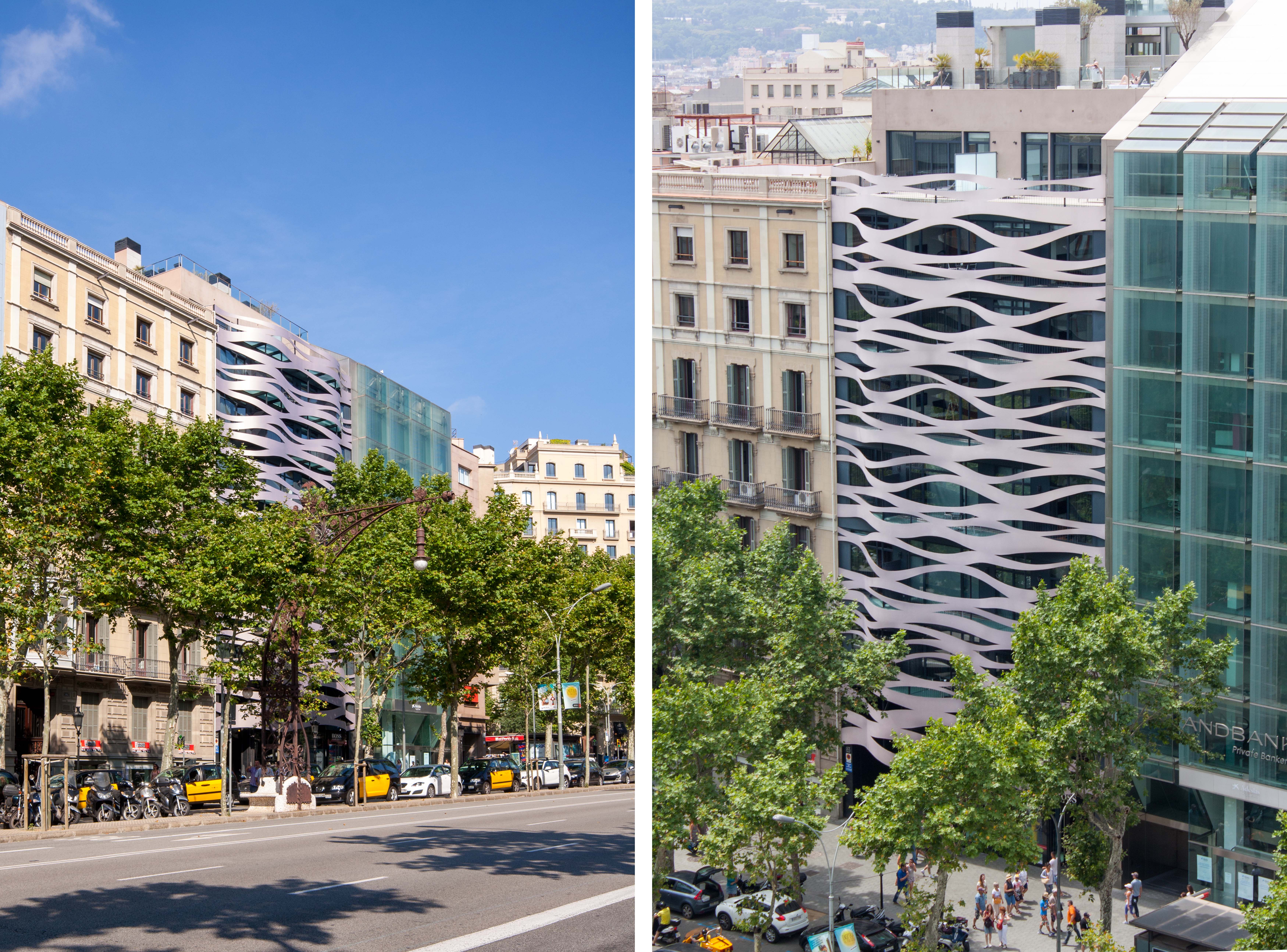


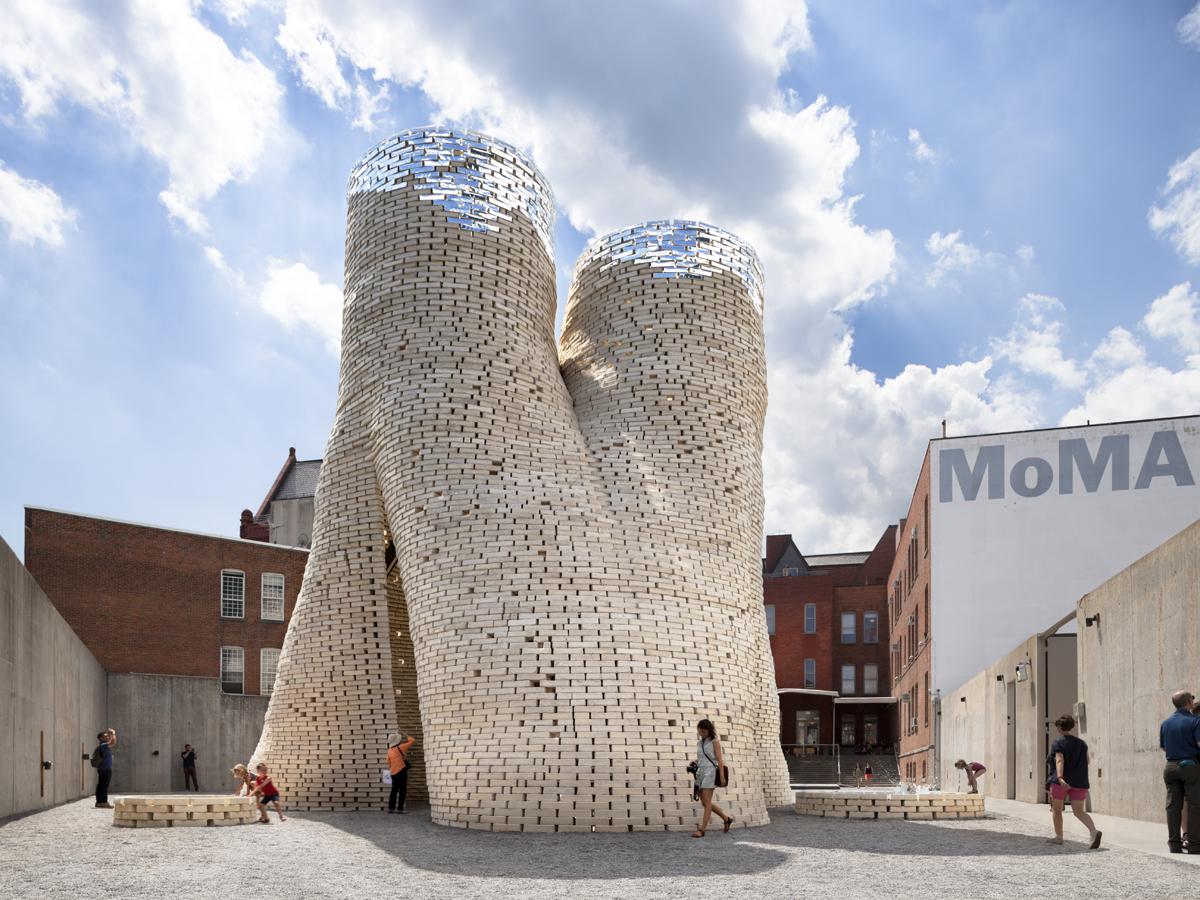
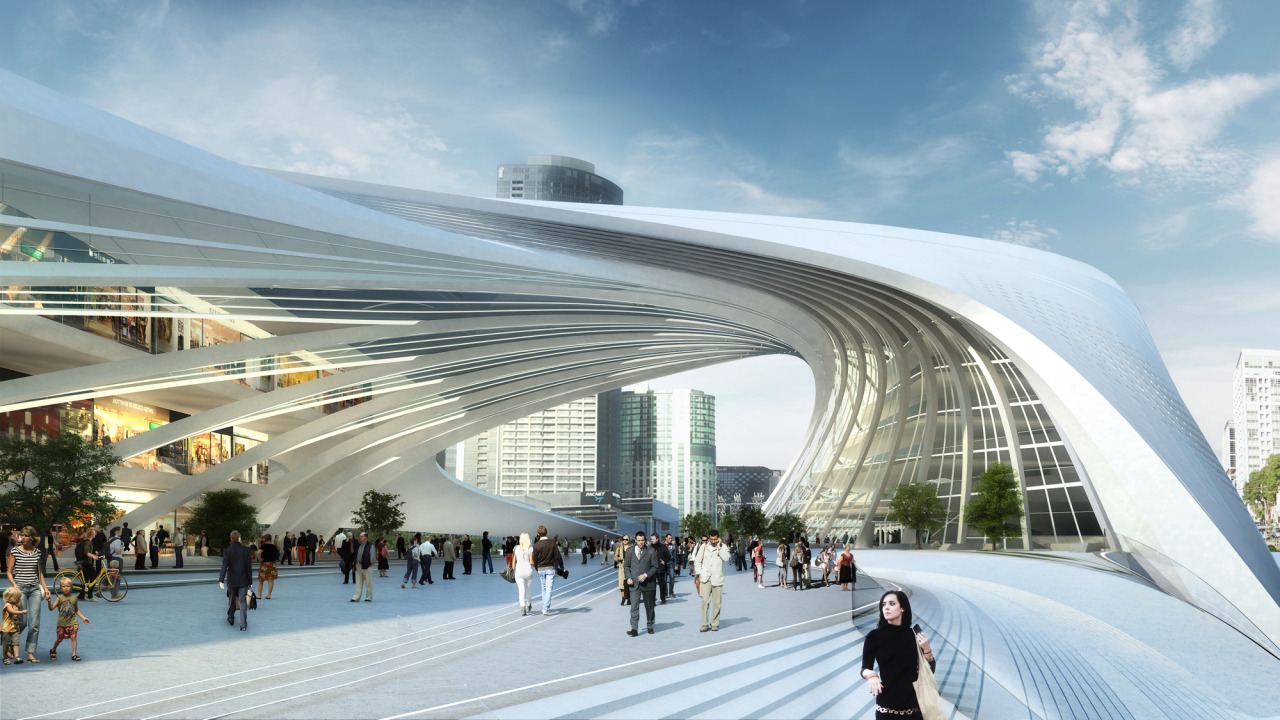





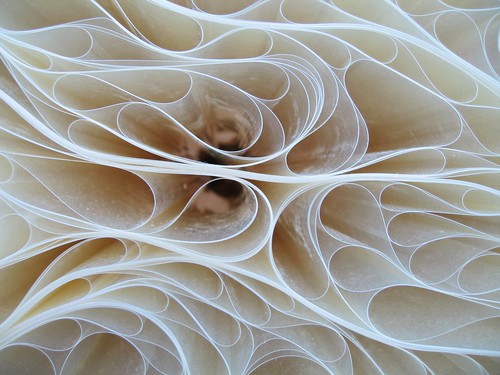

.JPG)




The term organic architecture embraces a colourful variety of architectural approaches and expressions which developed in different places at the beginning of the 20th century. Pioneers such as Frank Lloyd Wright, Antoni Gaudí and Rudolf Steiner drew, each in their own way, inspiration from the principles of living nature. This often led to free and expressive forms. These where not meant as an imitation of nature, but to
support people as living and creative beings.
Within the organic movement, architecture is not only seen as an expression of culture and society, but also as something that influences the inner and outer lives of people. In this sense, the human being is seen as a physical, psychological and spiritual entity, connected to its surroundings at all these levels.
At a time in which architecture is largely dominated by economics, technical possibilities and regulations, organic architecture strives for an integral approach that also comprises ecological aspects, cultural meaning and spirituality.
The transformation of modernism
Organic architecture seemed to have expired at the end of the twenties. Several of its leading
pioneers such as Sullivan, Steiner and Gaudí died and in Europe the economic recession plus
the impending Second World War caused a general decline in building.
pioneers such as Sullivan, Steiner and Gaudí died and in Europe the economic recession plus
the impending Second World War caused a general decline in building.
In the fifties and sixties however, organic architecture underwent an unexpected revival. It is
remarkably that some of the pioneers of the modern movement brought about this revival.
They transformed its initially rigid geometrical character into a more lively, organic direction.
In some instances, such as with Le Corbusier, this was a surprising turn, in others, such as
with Alvar Aalto and Hans Scharoun, a more gradual development occurred.
remarkably that some of the pioneers of the modern movement brought about this revival.
They transformed its initially rigid geometrical character into a more lively, organic direction.
In some instances, such as with Le Corbusier, this was a surprising turn, in others, such as
with Alvar Aalto and Hans Scharoun, a more gradual development occurred.
Organic architecture worldwide
During the last decades of the twentieth century organic architecture experienced a
vigorous revival. A new generation of architects was inspired by the work of pioneers such
as Wright and Steiner, but wed their ideas with local building traditions, new techniques
and their own creative impulses. In this way, a new diversity of approaches and forms of
expression have originated worldwide.
vigorous revival. A new generation of architects was inspired by the work of pioneers such
as Wright and Steiner, but wed their ideas with local building traditions, new techniques
and their own creative impulses. In this way, a new diversity of approaches and forms of
expression have originated worldwide.
These projects constitute the central part of the exhibition. Depending on the availability
of exhibition space, a selection can be made from about 50 projects. They are presented in
the form of colour photographs, design sketches, plans, models and a concise project
description, when possible by the architects themselves.
of exhibition space, a selection can be made from about 50 projects. They are presented in
the form of colour photographs, design sketches, plans, models and a concise project
description, when possible by the architects themselves.








































































![[DoolittleHouse3.jpg]](https://blogger.googleusercontent.com/img/b/R29vZ2xl/AVvXsEhG9LXrLzPOKRnMI2A0Gl38MNkL42MS9hYOlJ5hyphenhypheneK7DpSCxP01bvTpygkOiwTARVcZdmu3eInS5QYX7U2Czx1UH6sq3NxxaVyYlFe24ATsOBPP3EqJFZj8Gv_jO5iQutgoSLai5HuDVCE/s640/DoolittleHouse3.jpg)















































































Nhận xét
Đăng nhận xét